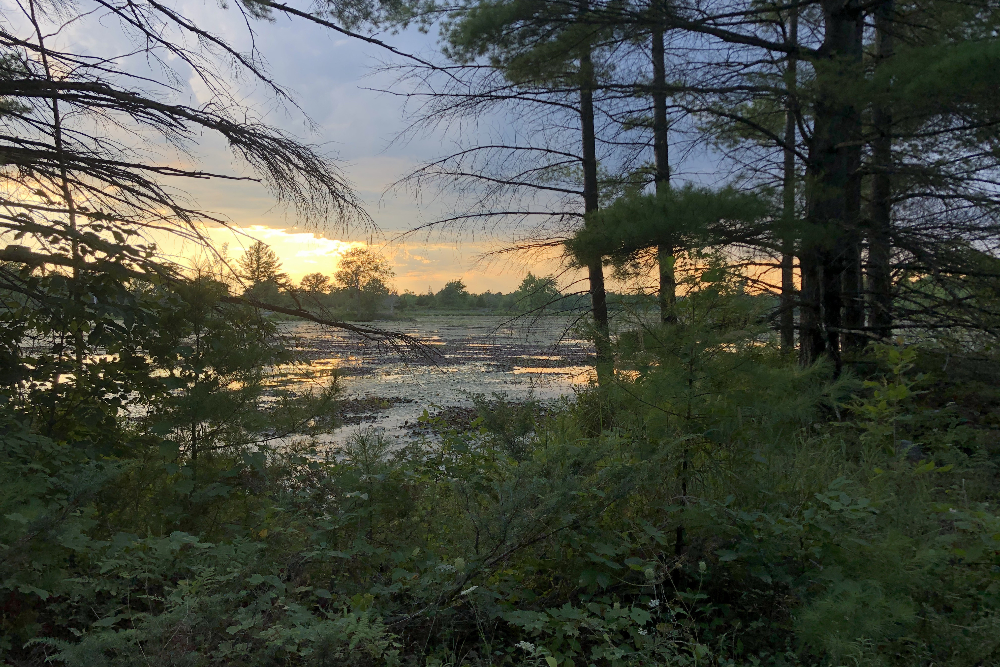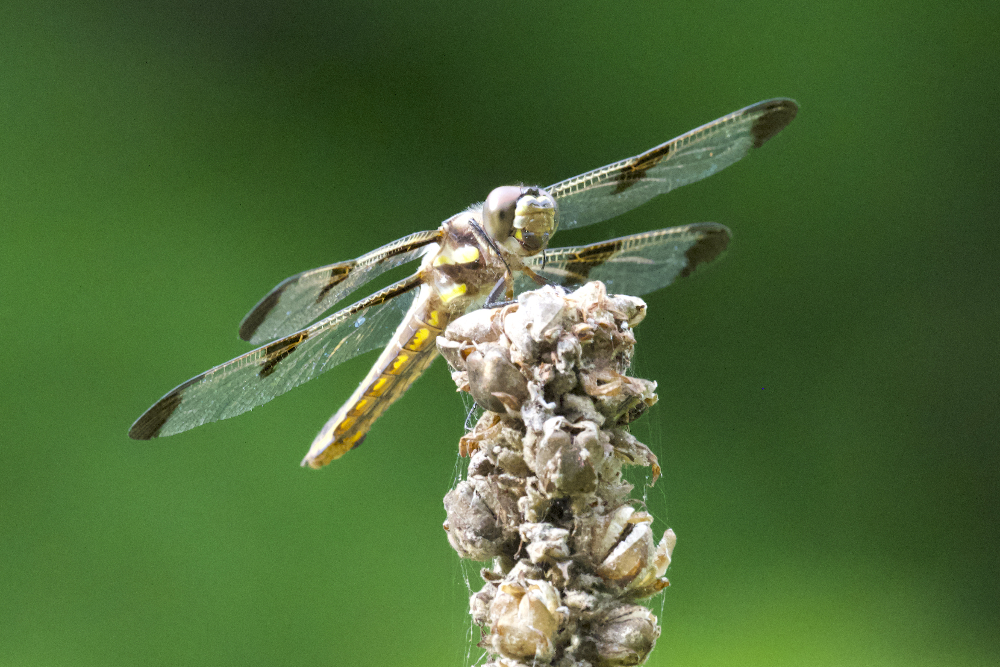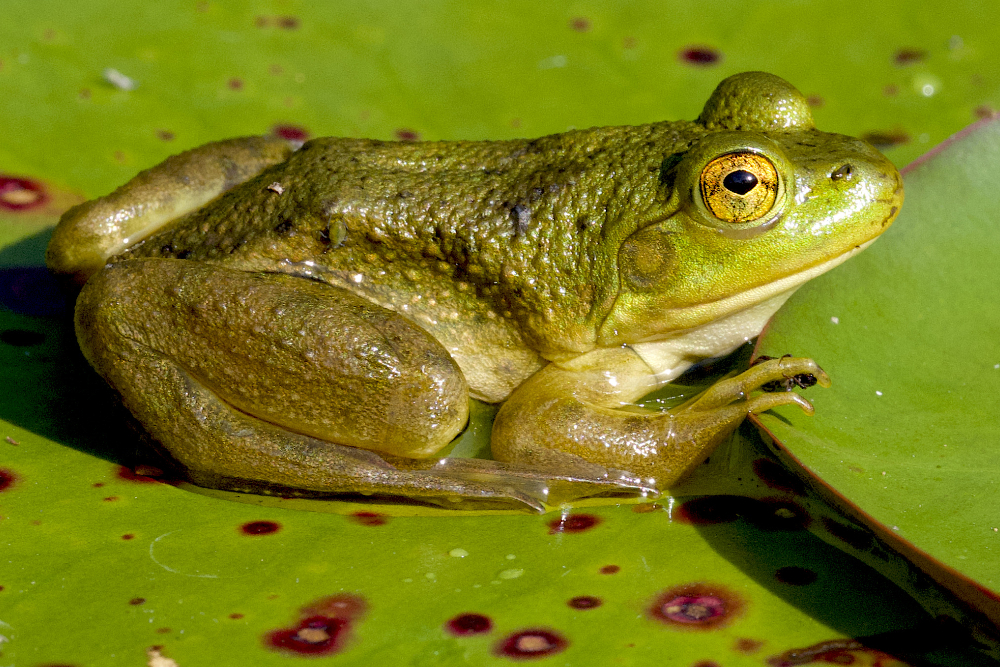Environment
Fresh ideas for our waterways
June 28, 2023
Share

Aquatic ecosystems and biodiversity have been under significant threat, facing degradation from pollution, invasive species, habitat loss, climate change, and human activities. These stressors have not only affected the natural balance of ecosystems, but they have had far-reaching consequences for Indigenous communities, who have been disproportionately impacted, experiencing the adverse effects of water-related issues.
A Queen’s research team, led by Stephen Lougheed (Biology), has been awarded funding from the Natural Sciences and Engineering Research Council of Canada (NSERC) Alliance grants program to carry out work in the development of new genomics and aerial drone tools used in the conservation and restoration of freshwater resources. The team and collaborators will receive $845,000 over three years.
The Alliance grants program promotes collaboration and innovation between researchers and partner organizations in various sectors, to accelerate the translation of research into real-world applications. Projects supported in this stream are based on their potential to create societal impact, engage a diverse range of organizations, and achieve broad outcomes. To maximize impact, Dr. Lougheed’s project brings together a diverse team of co-applicants to ensure a wide range of expertise and has been designed in close collaboration with the First Nations Technical Institute, Invasive Species Centre, Mohawk Council of Akwesasne Environment Program, the St. Lawrence River Institute, and Thousand Islands National Park.
With its potential to transform conservation practices, this cutting-edge research will set a benchmark for the intersection of science, technology, and environmental stewardship.
“Most of us are aware of the profound problems facing the natural world and by extension human populations,” says Dr. Lougheed. “What many do not know is that freshwater systems generally are more imperiled than their terrestrial or marine counterparts. We have brought together a wonderful team of collaborators to develop new tools for monitoring aquatic systems with the hope that such real-time data will help us to better mitigate the impacts of environmental challenges.”

Innovative monitoring techniques
As part of the project’s objectives, the team will develop new genomics tools to survey a wide range of aquatic diversity. As well, unpiloted aerial vehicles (UAVs) will be specially designed by University of Toronto collaborators and used to complement traditional survey methods, improving data collection and analysis.
With these tools the partners will work together to enable the continuous monitoring of eDNA (environmental genetic material). Early detection of invasive species and harmful algal blooms is another crucial objective, aimed to implement timely remedial actions. The project also focuses on monitoring rare species-at-risk, which will contribute to overall conservation efforts. By monitoring ecological hierarchy and comparing organism structure against baseline data, ecosystem dynamics and potential trends will be examined and reported.
To support these efforts, a staffed eDNA laboratory will be established at the St. Lawrence River Institute, providing valuable services to local and regional organizations. Consultations, meetings, and seminars will be held to involve local organizations, groups, and individuals and to gather input on sampling areas, tool development, and results.

Training/Learning from environment stewards
The partnership will also actively involve local Knowledge Keepers and Elders to ensure that an understanding of and commitment to Indigenous values and knowledge permeates all aspects of the project. Through this approach, the research aims to help address historical and contemporary inequities in environmental research and will provide opportunities for insights into the environmental history of the region, as well as identify the significance of wetlands, rivers, and lakes for First Nation communities over time.
The project will also provide training opportunities for a diverse group of young people, including those from the Akwesasne and Tyendinaga First Nations, in field sampling protocols, molecular methods, and bioinformatics analyses. This training will enable these individuals to conduct their own aquatic environmental surveys on their own lands, aligning with the Truth and Reconciliation Call to Action 92.
“This funding provides us with an exciting opportunity to train young people in our communities in the latest methods for monitoring our environment,” says Kayla Sunday, Program Manager for the Mohawk Council of Akwesasne Environmental Program. “This means that we can incorporate the rich insights from both Mohawk knowledge and western science to address some of our most pressing environmental issues.”
For more information about the Alliance program, visit the NSERC website.

![[SNO+ detector at SNOLAB]](/gazette/sites/gazettewww/files/styles/xsjpg1x3to2/public/2024-04/McDonald-Institute-funding-1800x1200-Gazette.jpg?itok=6Lwe0LRj)

